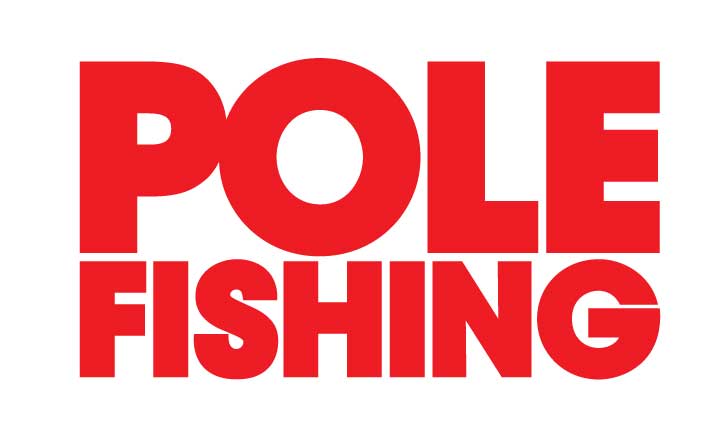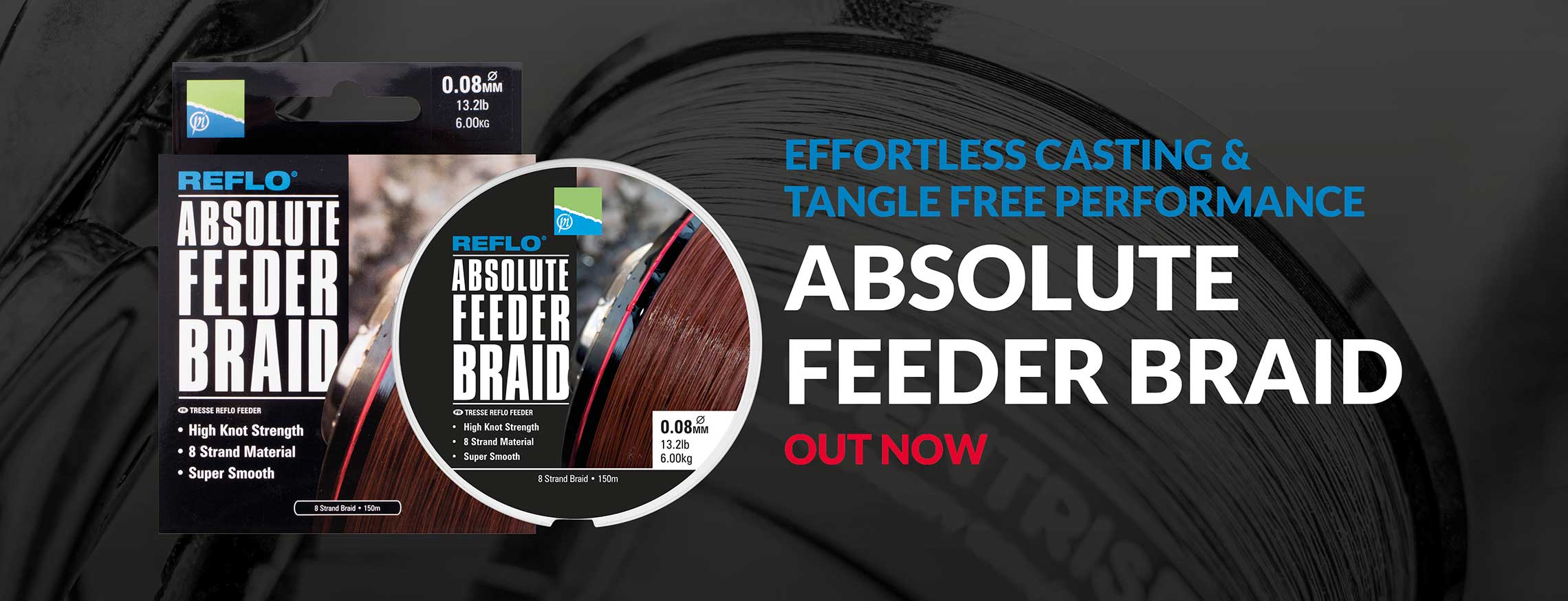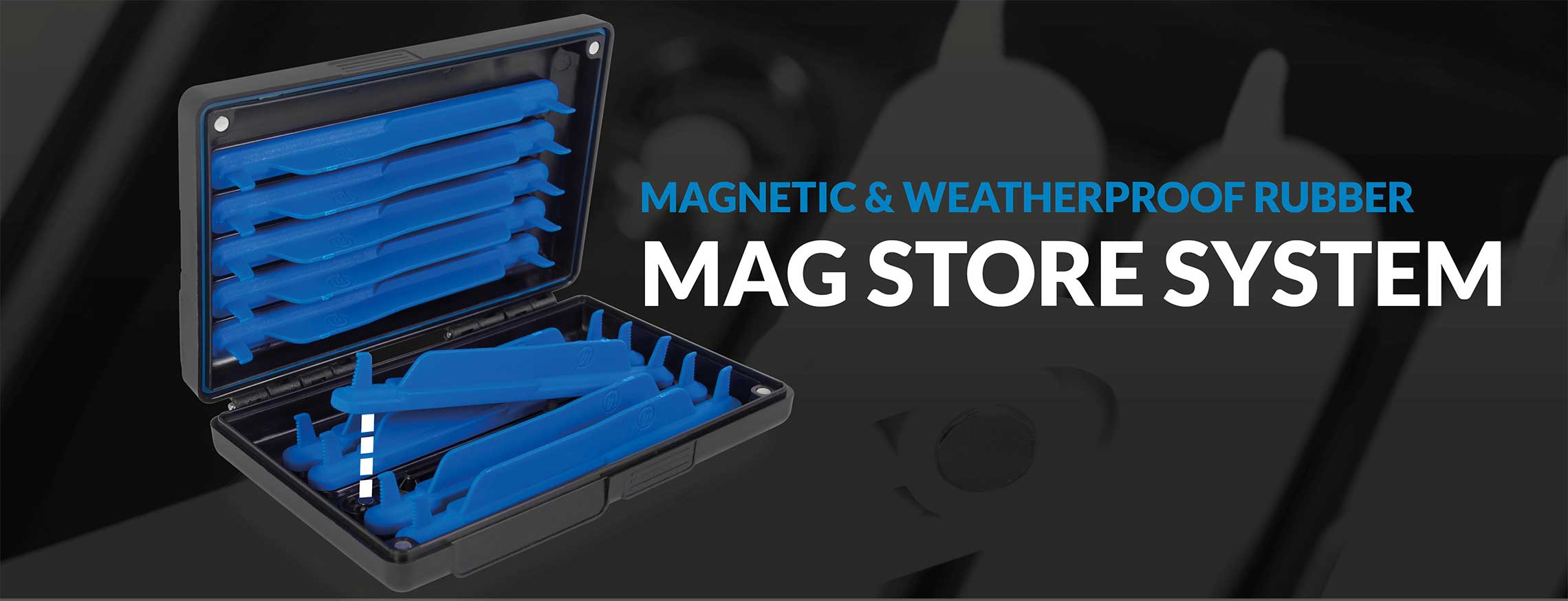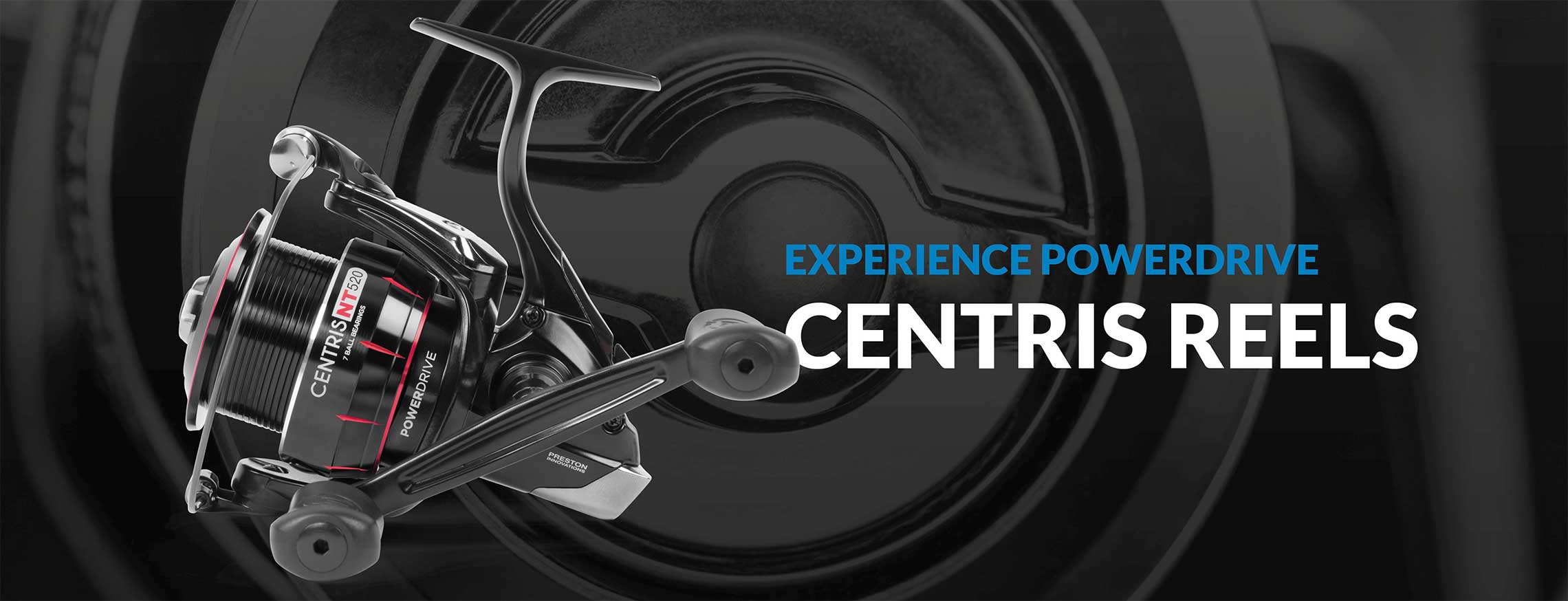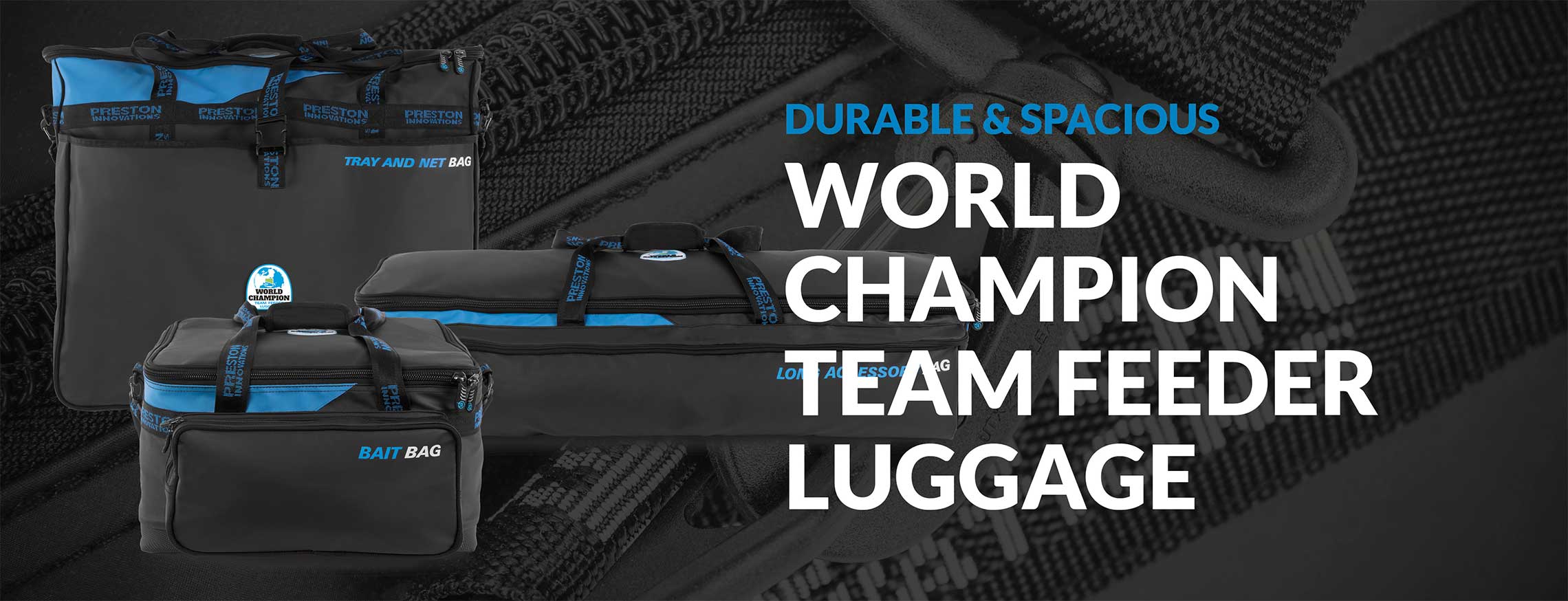Pole Fishing Magazine Winter Trouble Shooter
Share the Pole Fishing Magazine Winter Trouble Shooter article:
Delen
The Angler
Simon Price is a 54-year-old window cleaner from Cardiff. Despite being a keen pole angler through the summer months, in the past he has been put off by cold weather. However, after seeing the great winter sport that commercial fisheries have to offer, he’s looking to compete in open matches throughout the winter this year.
The Problem
Simon openly admits that he’s a very positive angler, who often takes the heavy feeding route. He’s looking to learn about which baits to feed in winter and become competent with a negative approach to help him keep fish coming.
The Star
Des Shipp needs little introduction. He’s a current member of the world-beating Drennan Team England and, having won the prestigious £25,000 Parkdean Masters final twice, he’s proved he can turn his hand to any kind of fishing! When it comes to feeding, Des is renowned for his attention to detail and will often catch big weights of fish on light tackle. Hopefully he can transfer some of his skills to Simon!
Many anglers find it difficult to adapt their commercial approach between seasons. When winter arrives you need to think about several key things to get the most from a session. Every swim is different and you must be wise in using a plummet to find the right areas to target. Feeding is always important. Now, plenty of anglers can describe their feeding patterns for a particular species or venue but, in my opinion, keeping an open mind is essential in winter. Another aspect to consider is tackle. As the water temperature and clarity drops, lighter tackle can give you a great edge. I’ve brought Simon to Acorn Lakes, just outside Bristol, where hopefully I can fine-tune his attack to put more fish in his net this winter!
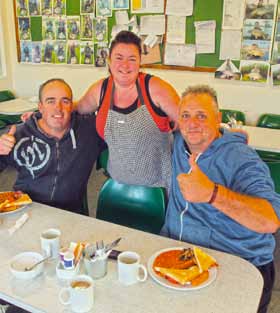
Kick off a winter session with a hearty breakfast!
Swim Selection
After a hard frost, there’s only one way to start a winter session, and that’s with a hearty breakfast! Once it’s settled, Simon assembles his gear before we attach a plummet and see what today’s swim has to offer. To get an idea of what Simon would normally do, I’ve asked how he feels the swim should be approached. “I think the obvious place to target is the island. There’s some nice-looking sedges overhanging the water and after the cold night I suspect the fish may be in a bit deeper water, just off these features. I also have a potential corner swim to my right and even in winter I’d feed a positive line here.”
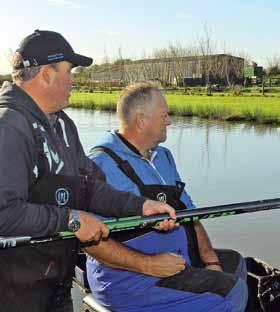
Des stressed the importance of detailed plumbing, especially when fishing on ledges
Contour Crisis
Simon definitely has a good idea of what he’s doing and after describing two sensible areas to fish, I’m keen to see what his plummet reveals. Shipping across, there’s a good four feet of water just off the sedges.
“It’s a nice depth there, Des. Does that look okay to you?” Simon asks.
It certainly does but it isn’t time to ship in and take the plummet off just yet! You need to understand the key contours of your swim, so I get him to inch his plummet around the area in front of the sedges. As he comes a few inches back from where he initially plumbed, a steep shelf quickly drops away another foot or so. Had he fished on top of the ledge, some of his bait would have dropped down here.
Fish are already present in commercials, especially when you’re fishing towards features like today’s island shelf.
Edges And Shelves
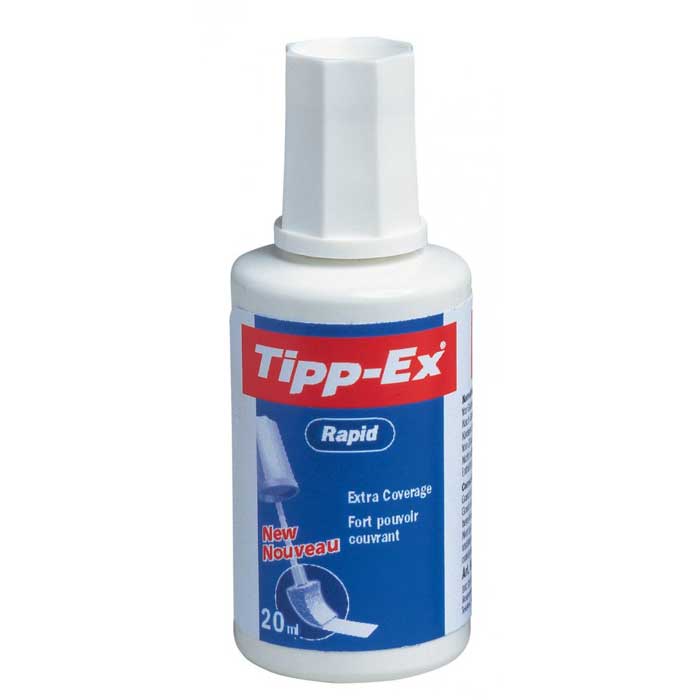 We soon realise that the shelf runs all the way along the island from the left, only dropping off past the point to our right. This is perfect for winter fishing and after you’ve caught a few fish in one area, they’ll often resettle either side of the feed on the same shelf. I’ve suggested Simon starts by fishing on the flat area in front and ensures he knows exactly where to place his hands on the section for accuracy. I usually hold the pole on a certain graphic, or place a Tipp-Ex mark at the point where I need to hold it. He also needs to remember where the two ends of this shelf are, as he may need to move here later in the session to keep fish coming.
We soon realise that the shelf runs all the way along the island from the left, only dropping off past the point to our right. This is perfect for winter fishing and after you’ve caught a few fish in one area, they’ll often resettle either side of the feed on the same shelf. I’ve suggested Simon starts by fishing on the flat area in front and ensures he knows exactly where to place his hands on the section for accuracy. I usually hold the pole on a certain graphic, or place a Tipp-Ex mark at the point where I need to hold it. He also needs to remember where the two ends of this shelf are, as he may need to move here later in the session to keep fish coming.
Bait Options
I have removed the 6mm pellets from Simon’s bait tray and replaced them with soaked 2mm micros, a handful of 4mms, and some of my favourite Sonubaits Crushed Expander groundbait.

Maggots can also play a role during winter, so I’ve brought a few along just in case. I always keep a tin of corn to hand but generally 4mm and 6mm expanders take some beating.
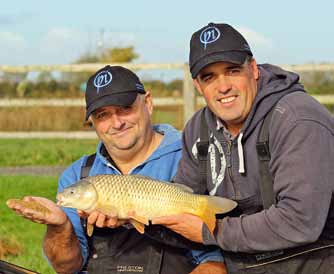
Frugal Feeding
To Simon’s surprise, I have suggested that we introduce a small amount of bait down the margins using his pole cup, and feed through a small polemounted pot on the long line. “So we’re not going to introduce an amount of bait at the start?” he asks, but I explain that fish are already present in commercials, especially when you’re fishing towards features like today’s island shelf.
Just a palmful of micros, 4mms and a dozen grains of corn go in on the margin swim, which I don’t expect to consider until the final part of the day. After placing a 6mm expander on the hook, Simon fills a small Uni Cad Pot with a pinch of micros, a few 4mms, and caps this off with some dampened Crushed Expander.
Surprised, he ships out laughing: “Surely that’s not enough bait to attract a carp?”
Starve ’Em On!
"Crushed Expander leaves a trail of low-feed crumb and fishmeal scent in the water"
As Simon is about to comment on the small amount of bait we’ve introduced, his float disappears and there’s a carp on! “Well I never!” he shouts in amazement. I’ve explained to him that carp are nearly always in the area when fishing against features like the island. It’s simply a case of feeding enough bait to draw one towards the hook bait. Had Simon fed a large pot of bait, any carp in the area would have probably spooked. Crushed Expander leaves a trail of low-feed crumb and fishmeal scent in the water, while the pinch of micros should tease a carp to the bottom.
Finesse Feelings
Next drop-in, Simon gets tiny indications that don’t develop into proper bites. I’m sure he’s fishing too heavy and ask what gear he uses. “I normally fish 0.13mm lines for carp in winter, with a fairly strong size 14 or 16 hook,” he reveals.
After several minutes without a bite, I get Simon to ship in and then explain the importance of scaling down. I will rarely use anything more than 0.11mm hooklengths for carp at this time of year, and will regularly drop down to 0.10mm. As long as you balance this with a soft hollow elastic, such as 11 Hollo, you will get more bites and subsequently land more fish. I’ve given Simon one of my favourite winter pellet floats, a PB Inter 2, which is tied on 0.13mm main line, with an 0.11mm hooklength and finer size 18 PR 434 hook.
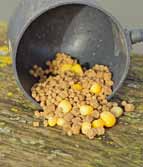 This amount should keep fish in the margins all day!
This amount should keep fish in the margins all day!
 A mix of Crushed Expander and pellets worked to start
A mix of Crushed Expander and pellets worked to start
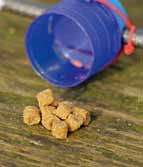 If fish want to come up, try feeding 4mms for a while
If fish want to come up, try feeding 4mms for a while
 Carry various hook baits and be prepared to experiment!
Carry various hook baits and be prepared to experiment!
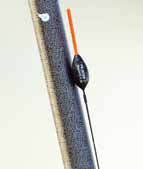 Stable, hollow-bristled floats are Des’ choice in winter
Stable, hollow-bristled floats are Des’ choice in winter
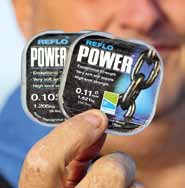 Simon learnt the importance of scaling down in cold conditions
Simon learnt the importance of scaling down in cold conditions
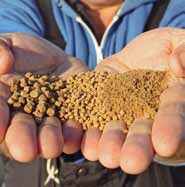 Mix and match the feed according to your bites through the session
Mix and match the feed according to your bites through the session
Varied Victory
An instant run of smaller carp prove that scaling down has been a good move. “I’d never normally fish this light and can’t believe how much pressure I can apply without losing fish. In fact, they seem to fight less!” claims Simon.
The fishing gods are obviously on our side because we’re getting plenty of indications.
Lots of tiny line bites suggest that carp are feeding off the bottom. To get around this, I have got him to feed just a few soaked 4mms, cutting out the Crushed Expander and micros. The bigger pellets should pin the fish to the deck and lead to better indications.
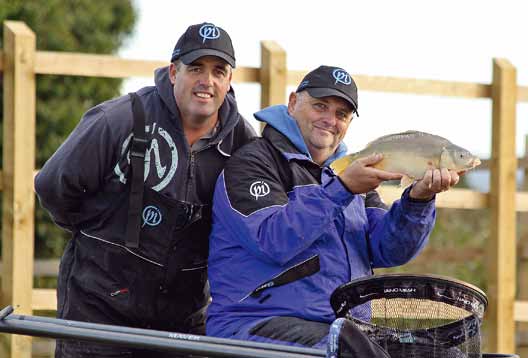
The Loaded Gun!
After changing the feeding, the first bite results in a cracking 7lb common. It’s noticeable that indications are much more positive now, most of them being a fast wallop under! It’s essential to concentrate when carp are feeding like this and be quick to strike before they eject the bait.
Big carp are crafty and you must be ready to strike like a loaded gun to hit the bites! I’ve explained this to Simon and he seems to be getting the hang of it already.
On The Move
As the session progresses, bites begin to dry up. This provides the perfect opportunity to explore other areas of the swim that we mapped out at the start. I suggest moving to the far right of the shelf and reverting to the initial feed of Crushed Expander and micros. Straightaway, Simon misses a positive bite and next drop hooks the first carp for a good half-hour.
“Crafty things, aren’t they?” he laughs. “On a typical session I’d have thought I had caught most of the fish in front of me, when in fact they’ve only moved a short distance to one side!”
Perfect Planning
The fact that we’ve had so many bites on the shelf proves just how important it is to find the right area to fish in the first place. Had this been a gentler slope I’d have suggested fishing in a sensible depth of water – around three and a half feet is a good starting point. On other days we could have been faced with an open-water swim, in which case you can gain a big advantage by fishing the long pole at 14 metres or more. It’s always worth having a detailed plumb around, as any bars or deep holes are features that will certainly hold fish.
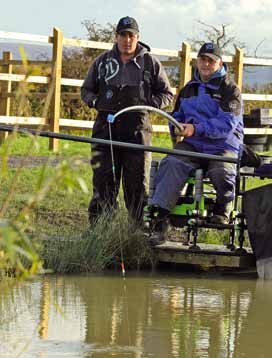
Margin Mugger
We haven’t even tried the margin swim yet but, out of curiosity, it’s worth Simon having a look in the final 20 minutes. I’ve strung the shot out on his rig and suggested that he slips on a bright piece of corn as a hook bait, laying the rig away from the self so the bait flutters into position slowly. This way, any fish milling around the feed area from earlier should see this bait falling and dash over to grab it.
Fruitful Finish
As the rig settles I notice a few pimples close to his float. Without any encouragement from me, Simon unleashes a strike at the first little dib in true loaded-gun style! It results in the best fish of the day – an 8lb common – and proves the importance of feeding this area. Had the fishing been difficult, I dare say we’d have caught several carp here. The fact that we’ve left the swim for four hours without feeding shows that fish naturally back off into this quiet area.
Hopefully, this is one of the many insights I’ve given Simon into approaching winter commercials. By scaling down, feeding the right baits in the correct areas, and thinking about where fish will back off to, his catch rate will soar!
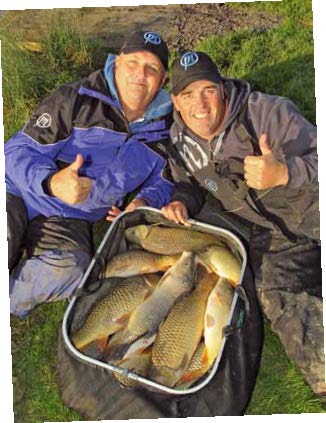
Simon’s Verdict
What a day! Des really is a true gentleman and I’ve been lucky enough to experience what he thinks about fishing winter commercials. I’ve certainly been fishing far too positively and dread to think how many times I’ve blown a swim before I’ve put a bait on the hook. I certainly need to improve on accuracy, and will be putting a lot more time into plumbing up. A huge thanks to Pole Fishing and Des for a super day!
Acorn Lakes Location: Lampley Road, Bristol BS21 6XS Day tickets: £7; concessions £6 Contact: 01934 834050 Web: www.acornfishery.com
This article first appeared in Pole Fishing Magazine in 2014